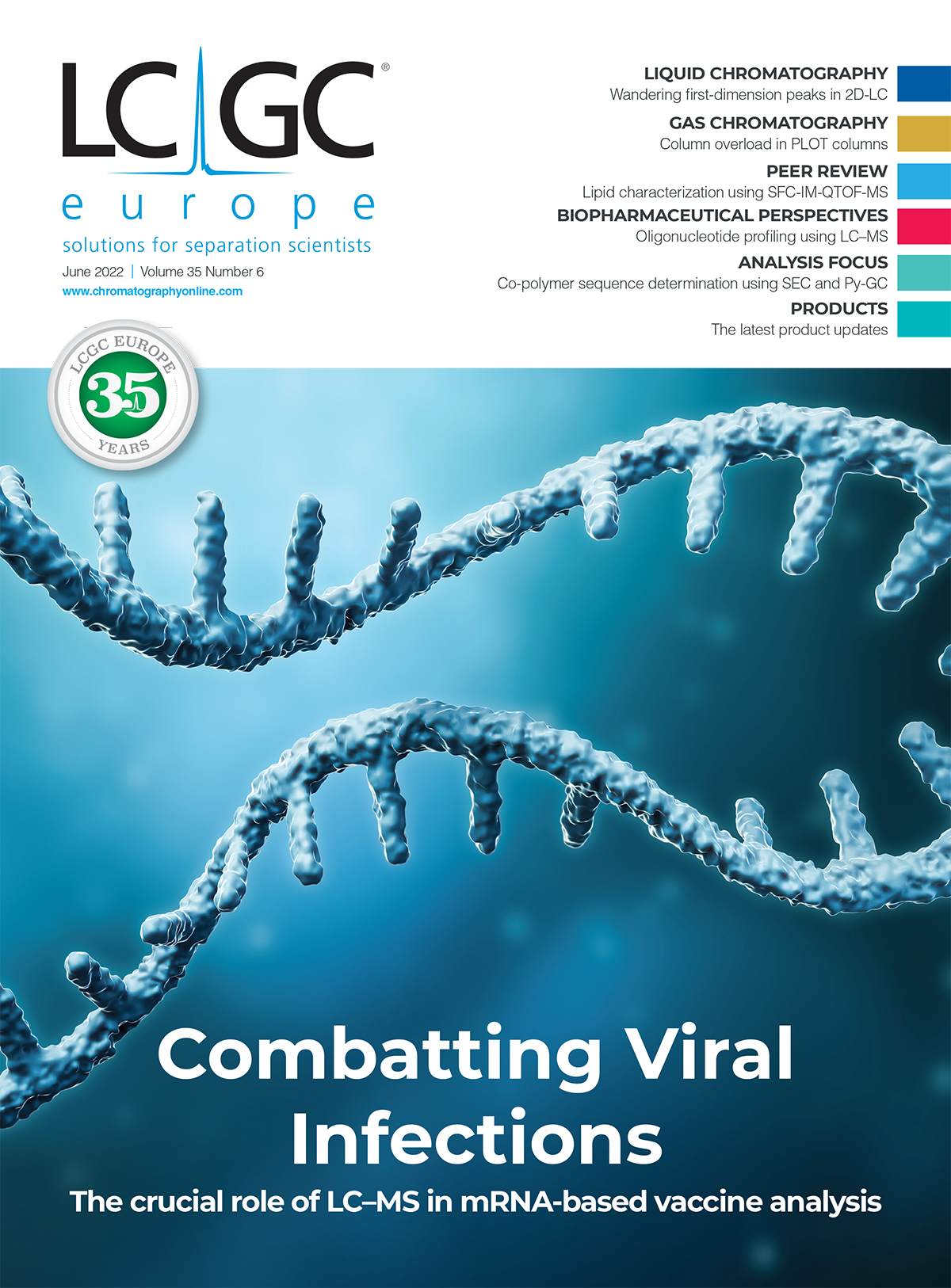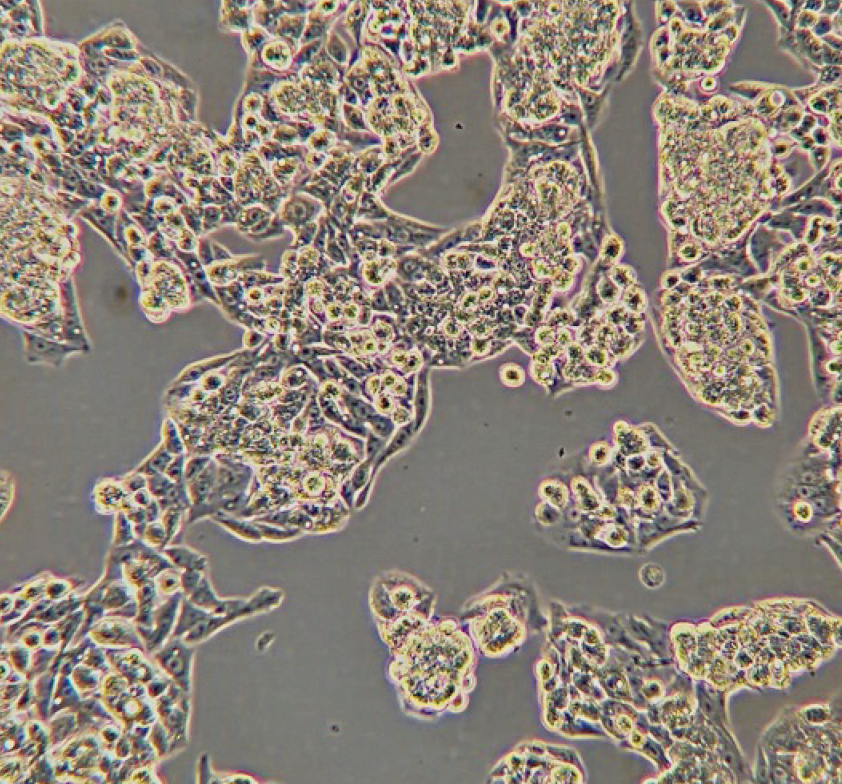Co-Polymer Sequence Determination Using SEC Combined with Py-GC
LCGC Europe spoke to Wouter Knol from the University of Amsterdam, The Netherlands, about co‑polymers, the difficulties surrounding their analysis, and what pyrolysis-gas chromatography (Py‑GC) offers in comparison to other techniques when analyzing co-polymers and their sequence.
Q. What are co-polymers and why is it important to analyze their chain sequence?
A: By definition, co-polymers are polymers that consist of more than one monomer. Most industrial polymers, which find wide application in daily life in cosmetics, coatings, paints, and such, are very complex co-polymers, consisting of multiple monomers. The sequence of co-polymers, the order in which the monomers are connected, affects their functional properties. Analysis of the chain sequence is therefore crucial to gain a better understanding of the behaviour of these copolymers.
Q. What methods are currently used to analyze co-polymers and what are the issues with these methods?
A: Co-polymers feature multiple distributions, such as the molecular weight distribution, the chemical composition distribution, and end-group distribution, among others. Typically, different analytical methods are used to characterize these different distributions. This is to me what makes co-polymer analysis interesting. You have different tools to incrementally acquire more information about a sample. The characterization of the co-polymer sequence is especially challenging, as it requires measurement of subunits within the copolymer backbone, such as dimers or trimers. Carbon-13 nuclear magnetic resonance (13C-NMR) is currently the most used method in copolymer sequence analysis. Spectra are typically very convoluted, as tacticity—the stereochemistry of the backbone—effects complicate the obtained spectra and 13C-NMR is also an insensitive method. Mass spectrometric methods are sometimes also applied to monitor the sequence of co-polymers, but they are generally limited to low molar mass polymers, mainly because larger molecules are harder to introduce intact into the gas phase.
Q. What are the features of pyrolysis-gas chromatography that you believed would be beneficial in co-polymer analysis?
A: Pyrolysis-gas chromatography (Py‑GC) offers two main advantages over its major competitor 13C-NMR for copolymer sequence analysis. The first is that Py-GC methods are much more sensitive—signal‑to-noise ratios easily differ by orders of decades. Second, the chromatographic resolution of trimers in Py-GC is typically superior to the resolution obtained between signals relating to sequence differences in NMR. This allows the sequencing of polymers that do not feature sufficient resolution in NMR. Furthermore, it allows the sequencing of low amounts of sample, such as size-exclusion chromatography (SEC) fractions, or alternatively very blocky or alternating copolymers, such as homo and hybrid trimers. This therefore provides a deeper insight into chemical differences between samples, enabling a better understanding their functional properties.
Q.You recently determined the sequence parameters of various random and block co-polymers (1). Can you elaborate on how (and why) you combined SEC with Py-GC in this research?
A: The main goal was to gain an insight into the change in sequence as a function of molar mass. Therefore, we combined the molar mass separation of SEC with the sensitive sequence determination from Py‑GC. We found the method to be sensitive enough to determine the sequence of the small amount of polymer in the SEC fractions, thereby allowing us to determine the sequence heterogeneity over molar mass. The sequence heterogeneity is often not investigated because there are very few tools to do so; therefore we developed this method as it might aid the development of future materials, by giving scientists a deeper insight into the chemical structure of the polymer.
Q. How did the method perform in comparison to alternatives?
A: The main goal was to study the sequence heterogeneity, the change in sequence over the molar mass distribution. Here we exploited the increased sensitivity of Py-GC compared to 13C-NMR. We analyzed fractions obtained from SEC separations and analyzed them with Py-GC. The amount of polymer yielded from the SEC separations was in the order of micrograms, thus requiring Py-GC for analysis. In the case of block co-polymers, the concentration in the polymer of hybrid trimers is very low and requires a sensitive method to detect sequence differences. The main downside of Py-GC is the accuracy; without calibration with NMR the method is not directly quantitative because differing monomers can depolymerize in varying degrees. I would argue both methods are thus complementary; in cases where sensitivity is required Py-GC shines, in cases where quantitative results are needed 13C-NMR is the better option. By calibration of Py-GC with 13C-NMR you can combine the best of both worlds.
Q. Your paper mentions a challenge you encountered with the analyzed polymer system. How did you overcome this challenge?
A: The main challenge was that in the analyzed systems not all monomers formed larger fragments—one of the monomers (methyl methacrylate) depolymerized fully. If only the monomer is formed, no sequence information is obtained. As the sequence describes the order of monomers, larger fragments of the backbone, such as dimers or trimers, are required for its measurement. The sequence of the other monomer (styrene) was thus the only one that could be determined directly. One workaround was using the chemical composition—the overall ratio between the monomers in the polymer—to calculate the sequence of the unknown monomer. This is what we did in our work. We have also looked at the addition of additives to alter the pyrolysis mechanism in an attempt to yield larger fragments of both monomers. However, this has proved quite challenging.
Reference
- W.C. Knol, T. Gruendling, P.J. Schoenmakers, et al., J. Chromatogr. A 1670, 462973 (2022).

Wouter Knol obtained his MSc. in analytical chemistry from the University of Amsterdam in 2019. After which he started his PhD at the same institution in the framework of the UNMATCHED (understanding materials by characterizing essential distributions) project. His research mainly focuses on the development of novel method for quantifying chemical distributions within polymers.

Common Challenges in Nitrosamine Analysis: An LCGC International Peer Exchange
April 15th 2025A recent roundtable discussion featuring Aloka Srinivasan of Raaha, Mayank Bhanti of the United States Pharmacopeia (USP), and Amber Burch of Purisys discussed the challenges surrounding nitrosamine analysis in pharmaceuticals.
Silvia Radenkovic on Building Connections in the Scientific Community
April 11th 2025In the second part of our conversation with Silvia Radenkovic, she shares insights into her involvement in scientific organizations and offers advice for young scientists looking to engage more in scientific organizations.

.png&w=3840&q=75)

.png&w=3840&q=75)



.png&w=3840&q=75)



.png&w=3840&q=75)









